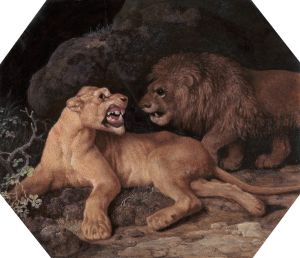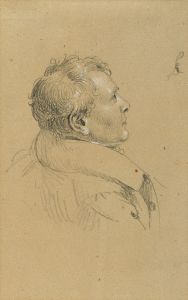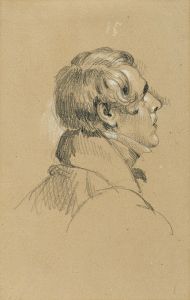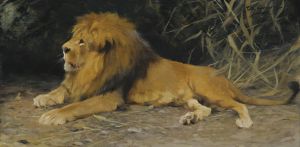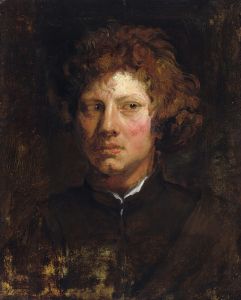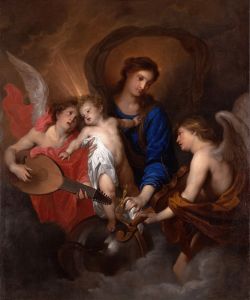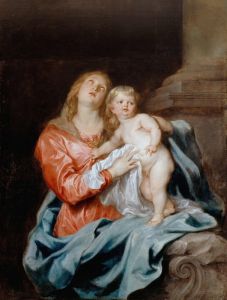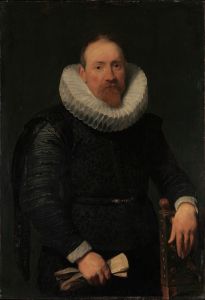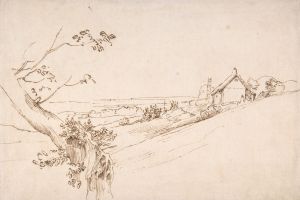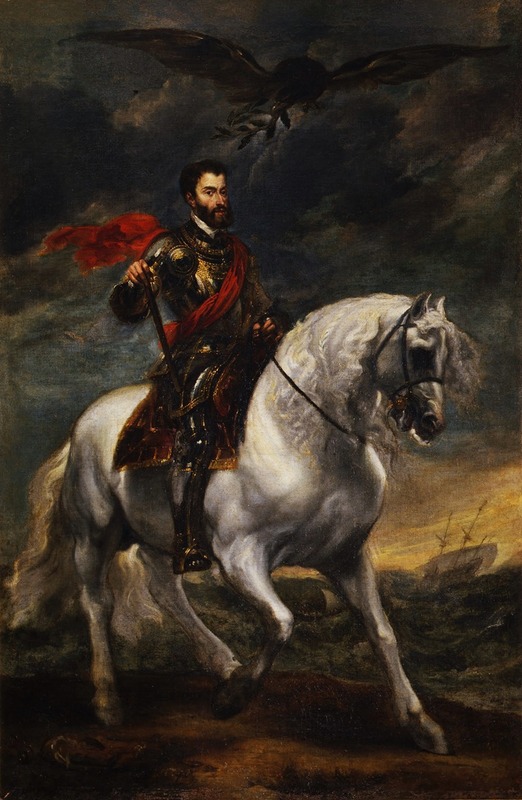
Equestrian portrait of the Emperor Charles V
A hand-painted replica of Anthony van Dyck’s masterpiece Equestrian portrait of the Emperor Charles V, meticulously crafted by professional artists to capture the true essence of the original. Each piece is created with museum-quality canvas and rare mineral pigments, carefully painted by experienced artists with delicate brushstrokes and rich, layered colors to perfectly recreate the texture of the original artwork. Unlike machine-printed reproductions, this hand-painted version brings the painting to life, infused with the artist’s emotions and skill in every stroke. Whether for personal collection or home decoration, it instantly elevates the artistic atmosphere of any space.
Anthony van Dyck's "Equestrian Portrait of the Emperor Charles V" is a notable work of art that exemplifies the grandeur and power associated with equestrian portraiture. Although there is limited information specifically about this painting, we can discuss the context and significance of equestrian portraits and Van Dyck's role in this genre.
Anthony van Dyck (1599–1641) was a Flemish Baroque artist who became one of the most prominent portrait painters of his time. He was known for his ability to capture the elegance and status of his subjects, often depicting them in a dignified and noble manner. Van Dyck's work was highly influential, and he served as the court painter for King Charles I of England, where he produced numerous portraits of the royal family and the English aristocracy.
Equestrian portraits have a long tradition in Western art, often used to convey the power, authority, and nobility of the subject. These portraits typically depict the subject on horseback, a symbol of control and command. The tradition dates back to ancient Roman times and was revived during the Renaissance, becoming especially popular among European royalty and nobility.
The Emperor Charles V (1500–1558) was one of the most powerful rulers of the 16th century, reigning over the Holy Roman Empire and the Spanish Empire, among other territories. His reign was marked by significant political and military events, including conflicts with France, the Ottoman Empire, and the Protestant Reformation. As such, Charles V was a popular subject for artists seeking to capture the image of a powerful and influential leader.
While there is no specific record of an equestrian portrait of Charles V by Anthony van Dyck, it is possible that such a work could have existed or been attributed to him due to his expertise in portraiture and the popularity of equestrian portraits during his time. Van Dyck's style was characterized by its elegance, attention to detail, and the ability to convey the personality and status of his subjects, making him a suitable artist for such a commission.
In general, equestrian portraits of Charles V by other artists, such as the famous work by Titian, depict the emperor in a commanding pose, often in armor, symbolizing his role as a military leader and ruler. These works were intended to convey the power and authority of Charles V, reinforcing his status as a dominant figure in European politics.
In summary, while there is no confirmed equestrian portrait of Charles V by Anthony van Dyck, the artist's reputation and skill in portraiture, combined with the historical context of equestrian portraits, provide a framework for understanding how such a work might have been conceived and executed. Van Dyck's contributions to the genre of portraiture remain significant, and his influence can be seen in the works of many artists who followed him.






